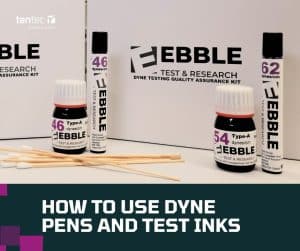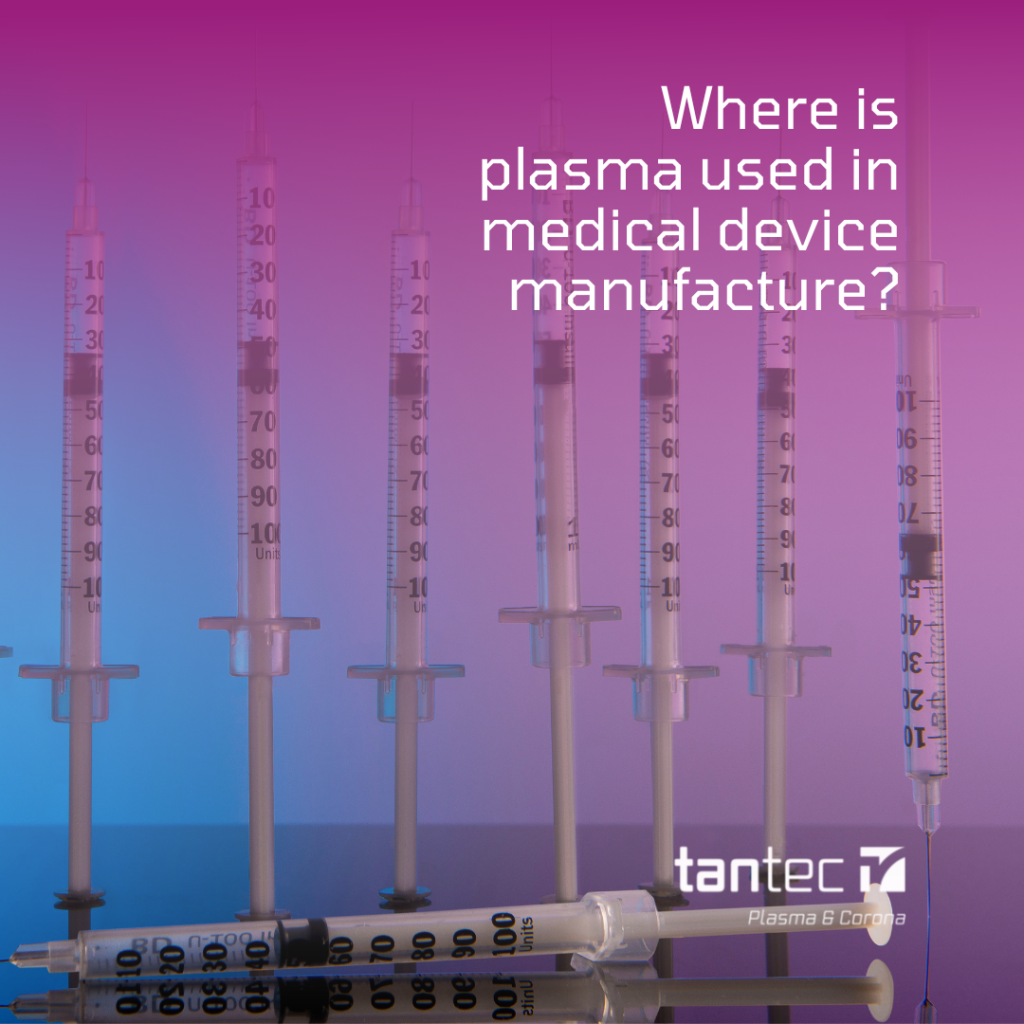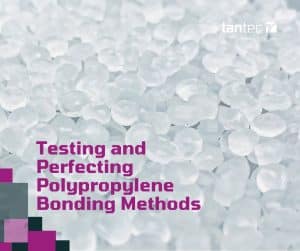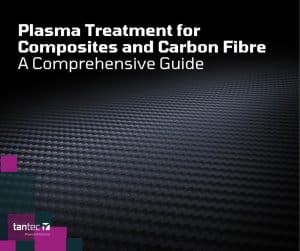
How to use Dyne Pens and Test Inks
Read this to find out the official way to get

Plasma surface treatments are used in some of the world’s most cutting-edge markets. From aerospace to automotive, plasma systems are used across many high-tech applications. None more so than in medical device manufacture. The technology is adaptable for high-volume production, high-performance and cost sensitive manufacturers.
Tantec’s surface treatment systems are trusted by major manufacturers across the globe. With over 40 years of expertise in the manufacturing and supply of high-specification surface treatment systems for metals and plastics, our experts also offer a comprehensive range of sub-contract manufacturing and testing services.
Plasma treatments change the very top surface of a material, introducing the right chemistry; perfect for improving adhesion of tapes, glue, printing inks and other processes such as wetting of liquids. At Tantec we use these surface treatments;
The aim of a lot of medical device manufacturing projects is consistency, performance and repeatability. We work with customers who might have good performance, but may see variability in products if there are variances in incoming materials or other processes within production. Adding a surface treatment takes the material performance over where it’s needed, in order to provide a strong and stable process that is subject to minor variances.
Such projects might include printing on to moulded plastics with a low VOC content that is on the limit for the material. A high solvent content ink may adhere well, but have health and safety implications whereas the water based version won’t adhere at all. Performing a pre-treatment will allow both types of inks to adhere without issue, leading to no product failures instead of sporadic issues occurring.
Other project aims include being able to use the right materials or processes for the product without impacting negatively on health and safety or life cycle emissions and carbon impacts. We also work with customers who need to ensure biocompatibility of their product, but this might not be the best material from a workability point of view.
Projects like this include materials such as PEEK which is an engineering material with excellent chemical resistance and mechanical properties. It can be a very tricky material to bond to, especially for delicate or micro medical components which need to have zero quality defects to ensure safe use.
Whether we use Atmospheric Plasma (PlasmaTEC-X), Vacuum Plasma (VacuTEC) or a Corona unit which can come in many variants, we generally expect to see a similar performance result, however, we use the right system to match to product shape and size as well as the manufacturing process. Small area, highly automated systems tend to be best used with atmospheric plasma treatment, all over treatment of low volume specialist devices work best with vacuum plasma, while flat sheets or inline web materials work best with corona.
The focus of LeakTEC is to detect miniscule holes (<3micron) at high speed, high accuracy and often for 100% testing across parts. You can measure plastic parts, such as caps and closures or other mouldings where you have an open shaped area. By placing a probe in to the area you want to test, you can then perform the test in milliseconds which often works best with an automation system to send good parts one way and bad parts to a reject area.
Other than the fast test time, the real simplicity and performance aspect of the LeakTEC systems is the fact you can test 100% of parts without the need for consumables, gases or liquids and the test is a non-destructive test on parts that pass.
To see how the LeakTEC system works visit our YouTube Channel.
Tantec have been working in the medical device manufacturing sector as a key area for the company since we began, with systems and support in countries around the world from simple systems to fully integrated lines working at high speed. To read a case study on how LeakTEC has detected micro pinholes for medical equipment for MGS Manufacturing visit www.tantec-uk.com/leaktec-detects-micro-pinholes-in-medical-equipment-2/
Get in touch with the team where we offer free lab services, trials and testing of parts to confirm treatment on your parts. Our Worcestershire based premises are open to visitors to bring parts and see the technology first hand (we also put biscuits out).

Read this to find out the official way to get

Polypropylene (PP) bonding is traditionally a difficult task due to

Composites are becoming increasingly important in manufacturing, whether these are
40A Crossgate Road
Park Farm Industrial Estate
Redditch
B98 7SN
Tel: 01527 304 004
Email: info@tantec-uk.com
